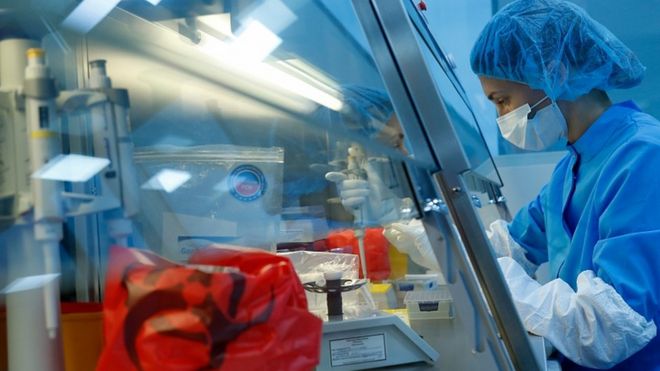The Alberta government has unveiled its three-stage “open for summer” plan, a strategy tied directly to vaccination and hospitalization numbers that could see all public-health restrictions lifted by July.
The province will enter Stage 1 on June 1 and is expected to be fully open by the beginning of July or earlier, Premier Jason Kenney said Wednesday at a news conference.
“We are optimistic that we’ll enter Stage 3 by early July,” Kenney said. “And what a great day that will be. Events like K-Days and Calgary Stampede can proceed at that point with full participation.”
The last 16 months have been “incredibly tough,” filled with sacrifices, loss and adapting to sudden changes, Kenney said.
“Today we are truly near the end of this thing,” he said. “We’re leaving the darkest days of the pandemic behind and stepping into the warm light of summer.”
Stage 1 requires that 50 per cent of Albertans aged 12 and older have received at least one dose of vaccine, and that COVID-19 hospitalizations be below 800 and declining. Both those thresholds have already been met, Kenney said.
That means, starting on Friday, places of worship will be allowed to open with 15 per cent capacity limit. Starting June 1, the rest of Stage 1 would kick in, which includes:
Outdoor gatherings of up to 10 people.
Personal and wellness services allowed to reopen.
Restaurant patios allowed to reopen.
Outdoor sports and recreation for up to 10 people.
Retail stores allowed to have up to 15 per cent of fire code occupancy.
Stage 2 would begin two weeks after 60 per cent of eligible Albertans have received at least one dose of vaccine and COVID-19 hospitalizations are below 500 and declining.
“Based on our current bookings, we expect to hit that 60 per cent mark sometime this week,” Kenney said, “perhaps as early as tomorrow, which puts us on track to start this Stage 2 in mid-June.”
Libraries, gyms and theatres
In Stage 2, libraries and movie theatres could reopen, places of worship and retail stores could have one-third occupancy, restaurants could seat groups of up to six indoors and outdoors, gyms could reopen and outdoor gatherings could include up to 20 people.
“Some restrictions will be in place [during Stage 2] to continue keeping numbers down, driving them down further, so that we can then safely open up altogether,” Kenney said. “But things will really start to look and feel normal again once we reach this stage.”
Stage 3 would begin two weeks after 70 per cent of eligible Albertans have had at least one dose of vaccine. That stage will not be tied to hospitalization numbers.
“At this stage, most public health restrictions — including the ban on indoor social gatherings — will be history and we’ll be able to enjoy a truly great Albertan summer,” Kenney said. “Almost all health restrictions will be gone.”
‘Crushed it’
The government brought in tougher public health orders in early May, when the province led North America in daily infection rates.
Asked if the province was now moving too quickly, Kenney said his government was taking a “cautious approach” and following the science and examples in other countries.
“We’ve been at this for 16 months with incredibly tough measures that have interrupted people’s lives, that have cost a lot of sacrifice and adversity,” he said. “So to just maintain these measures indefinitely, when we are beginning to approach population immunity, while the COVID numbers are dropping very quickly would, I think, be irresponsible.”
Kenney said one key metric the province is using — the percentage of people with their first doses of vaccine — is backed by deeper analysis about what constitutes “population protection,” including the 9.2 per cent of people who have been fully vaccinated, and the 14 per cent who have natural immunity because they have recovered from the illness.
Health Minister Tyler Shandro said the reopening stages will be implemented in all parts of the province at the same time.
“The scale of Stage 2 reopening might seem daunting, but we must not forget that, in comparison to last year, we have vaccines and the protection that they give us on our side. And on top of that, we will be monitoring hospitalization levels throughout and will not move to the next stage if those numbers give us any reason to have continued caution.”































